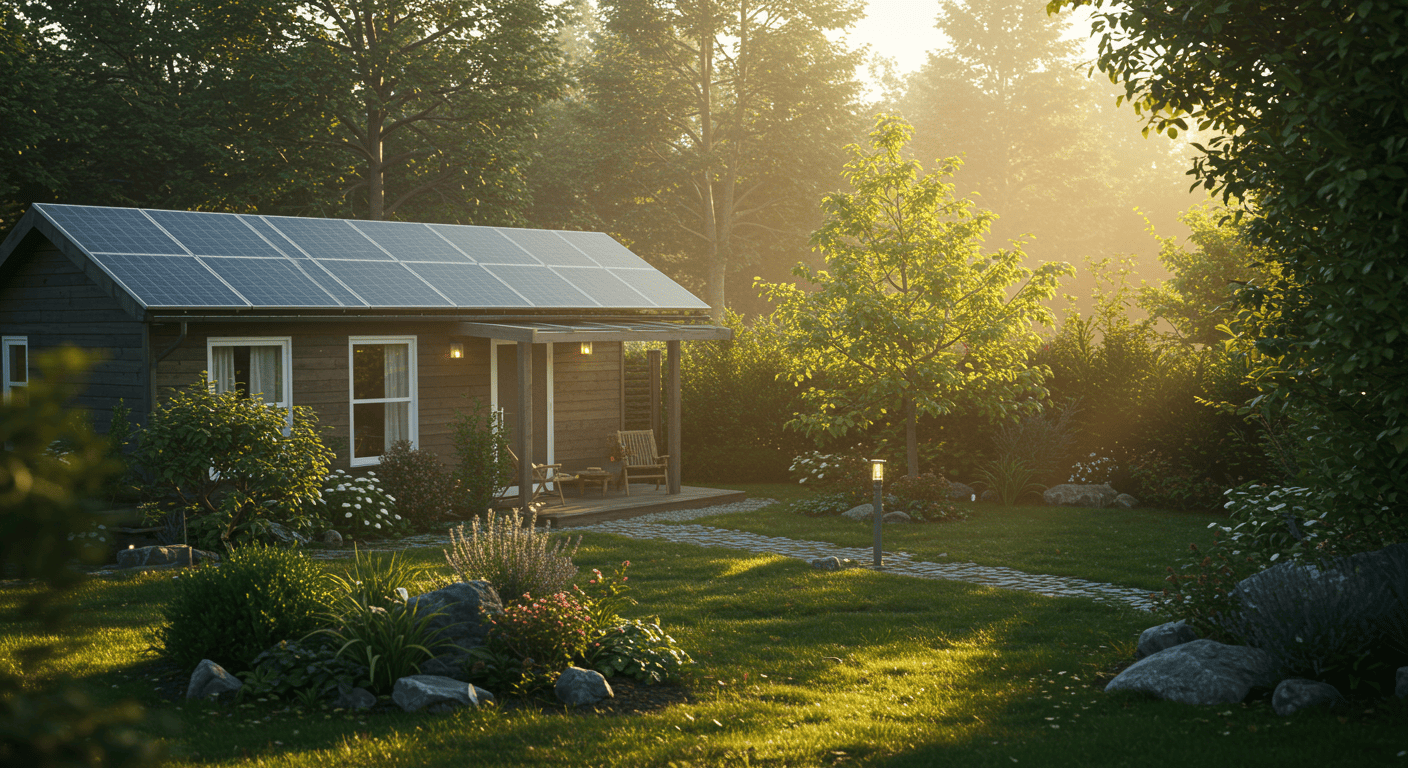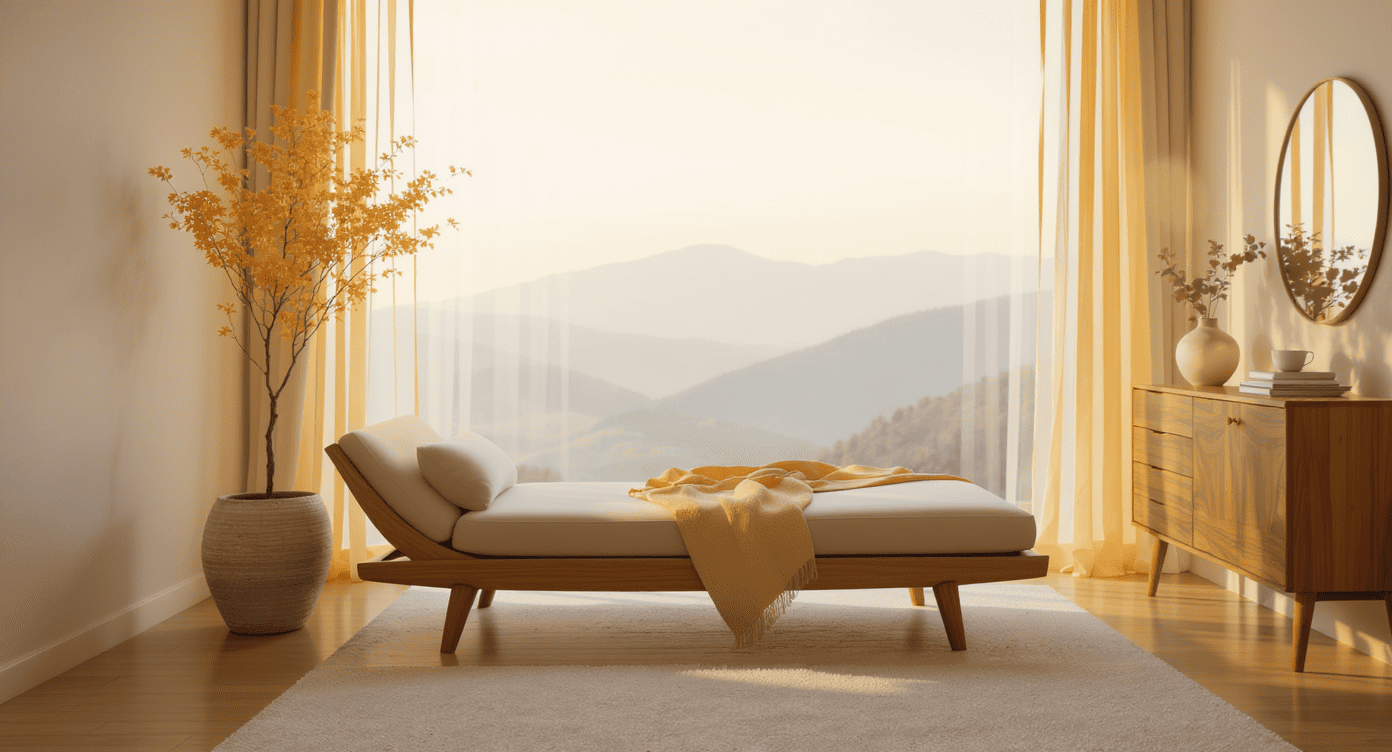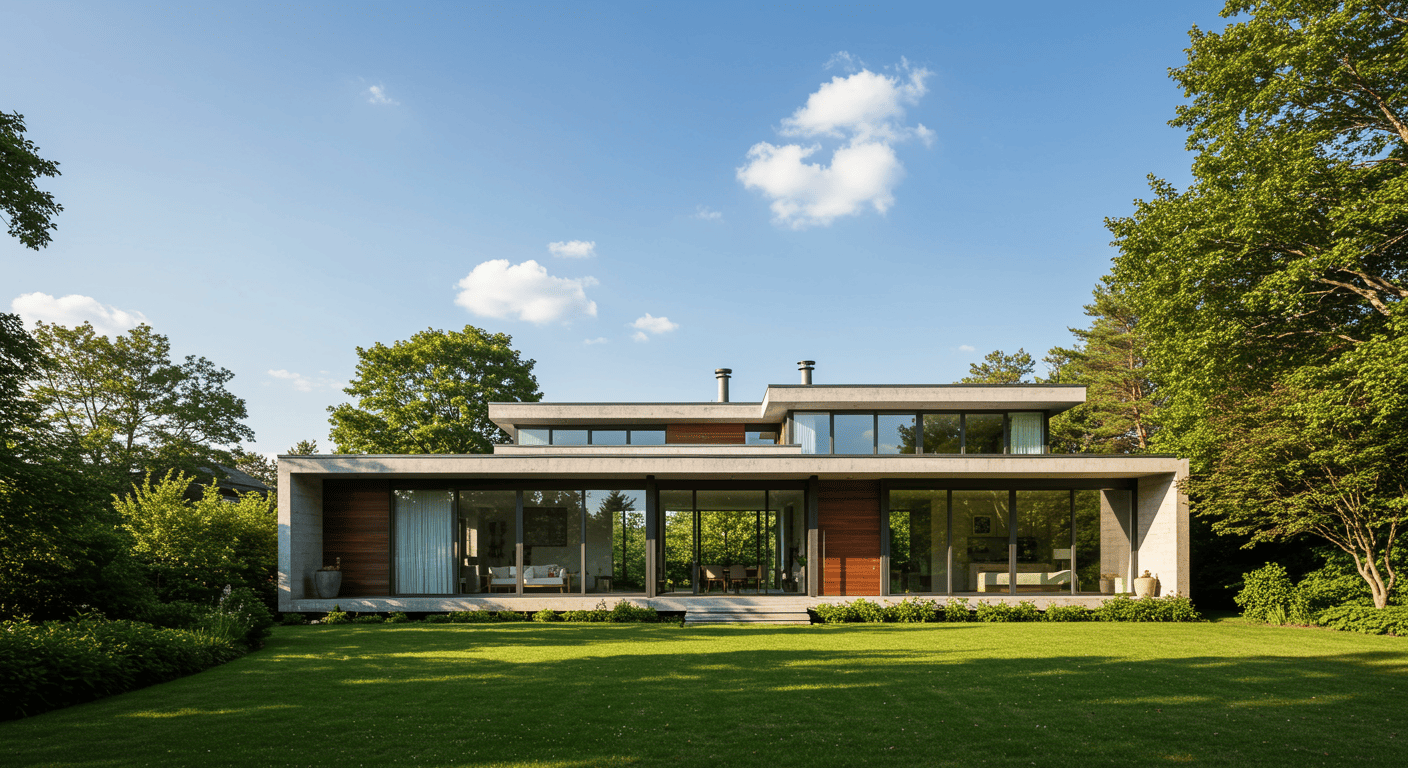
Sustainable Building: Tips for Eco-Friendly Homes
Introduction
Building an eco-friendly home is not only about reducing your carbon footprint, but also about creating a space that is energy-efficient, sustainable, and in harmony with nature. Sustainable building practices allow you to enjoy a healthier living environment while making long-term savings on energy costs. In this article, we’ll guide you through practical tips for designing and constructing a home that’s both beautiful and eco-conscious.
1. Choose Sustainable Materials
The materials you choose for your home play a crucial role in its environmental impact. Opting for sustainable, locally sourced, and renewable materials can significantly reduce your carbon footprint. Materials such as bamboo, reclaimed wood, and recycled steel are more durable and have a lower environmental impact compared to traditional materials like concrete and plastic. Not only do these materials help protect natural resources, but they can also add a unique character and charm to your home.
2. Focus on Energy Efficiency
An energy-efficient home is a core principle of sustainable building. To reduce energy consumption, start by installing proper insulation and high-performance windows that help regulate indoor temperatures. Consider installing energy-efficient appliances, LED lighting, and low-flow plumbing fixtures to reduce your energy consumption. Adding solar panels or a solar water heating system can also reduce reliance on traditional energy sources, helping lower both your energy costs and environmental impact.
3. Incorporate Natural Light
Maximizing the use of natural light can drastically reduce the need for artificial lighting during the day. When designing your home, consider the orientation of your windows to make the most of sunlight. Install large windows, skylights, or glass doors that let in natural light and heat from the sun, reducing your need for artificial lighting and heating. Not only does this help save energy, but it also creates a healthier, more vibrant living environment.
4. Implement Water Conservation Strategies
Water conservation is a key aspect of sustainable living. Utilize water-saving technologies, including low-flow faucets, water-efficient toilets, and irrigation systems, to minimize water waste. Rainwater harvesting systems can be used to collect and store rainwater for irrigation, reducing the demand on municipal water systems. Additionally, opting for drought-resistant landscaping can help reduce the need for excessive watering.
5. Use Green Building Techniques
Green building techniques prioritize energy efficiency and waste reduction during the construction process. One such method is modular construction, which utilizes pre-fabricated components to minimize waste and reduce labor time. Additionally, passive house designs — which focus on maximizing natural heating, cooling, and ventilation — can help reduce a home’s energy consumption. Green roofing and living walls can also enhance the building’s insulation, absorb rainwater, and promote biodiversity.
6. Design for Indoor Air Quality
Indoor air quality is vital for your health and well-being. Choose non-toxic paints, finishes, and adhesives to reduce indoor air pollution. Install ventilation systems that help filter out indoor pollutants and improve air circulation. Consider adding indoor plants, which not only enhance aesthetics but also naturally purify the air, helping to maintain a healthier living environment.
7. Incorporate Sustainable Landscaping
The exterior of your home can also contribute to sustainability. Sustainable landscaping practices include using native plants that require less water, reducing the use of chemical pesticides and fertilizers, and incorporating permeable paving that allows rainwater to be absorbed into the ground. Consider creating a vegetable garden or installing a green roof to promote self-sufficiency and reduce the environmental impact of your outdoor space.
8. Consider the Long-Term Benefits
While sustainable building may require a larger upfront investment, it pays off in the long term through energy savings, reduced water bills, and improved indoor comfort. By designing a home that minimizes its environmental impact, you’re also creating a healthier living environment for you and your family. Over time, the cost savings from reduced energy and water use can more than offset the initial cost of sustainable materials and technologies.
9. Choose Sustainable Building Certifications
If you want to ensure that your home meets the highest environmental standards, consider pursuing certifications like LEED (Leadership in Energy and Environmental Design) or Passive House Certification. These certifications recognize homes that are built using sustainable practices and energy-efficient systems. Building to these standards can improve your home’s long-term energy performance and make it a more attractive investment.
Conclusion
Building a sustainable, eco-friendly home is not only beneficial for the environment but also for your well-being and financial future. From selecting sustainable materials to installing energy-efficient systems, there are numerous ways to make your home more eco-conscious. With the proper planning and resources, you can design a home that reduces its environmental footprint while providing comfort, efficiency, and beauty.
If you’re ready to create your own eco-friendly home, start exploring our range of sustainable and customizable plans today to bring your green vision to life!
Ideen & Inspiration
Neue Konzepte erwarten Sie.
Sie suchen nach neuen Ideen?
In unseren Artikeln finden Sie Design-Inspirationen, Trends und praktische Tipps.

